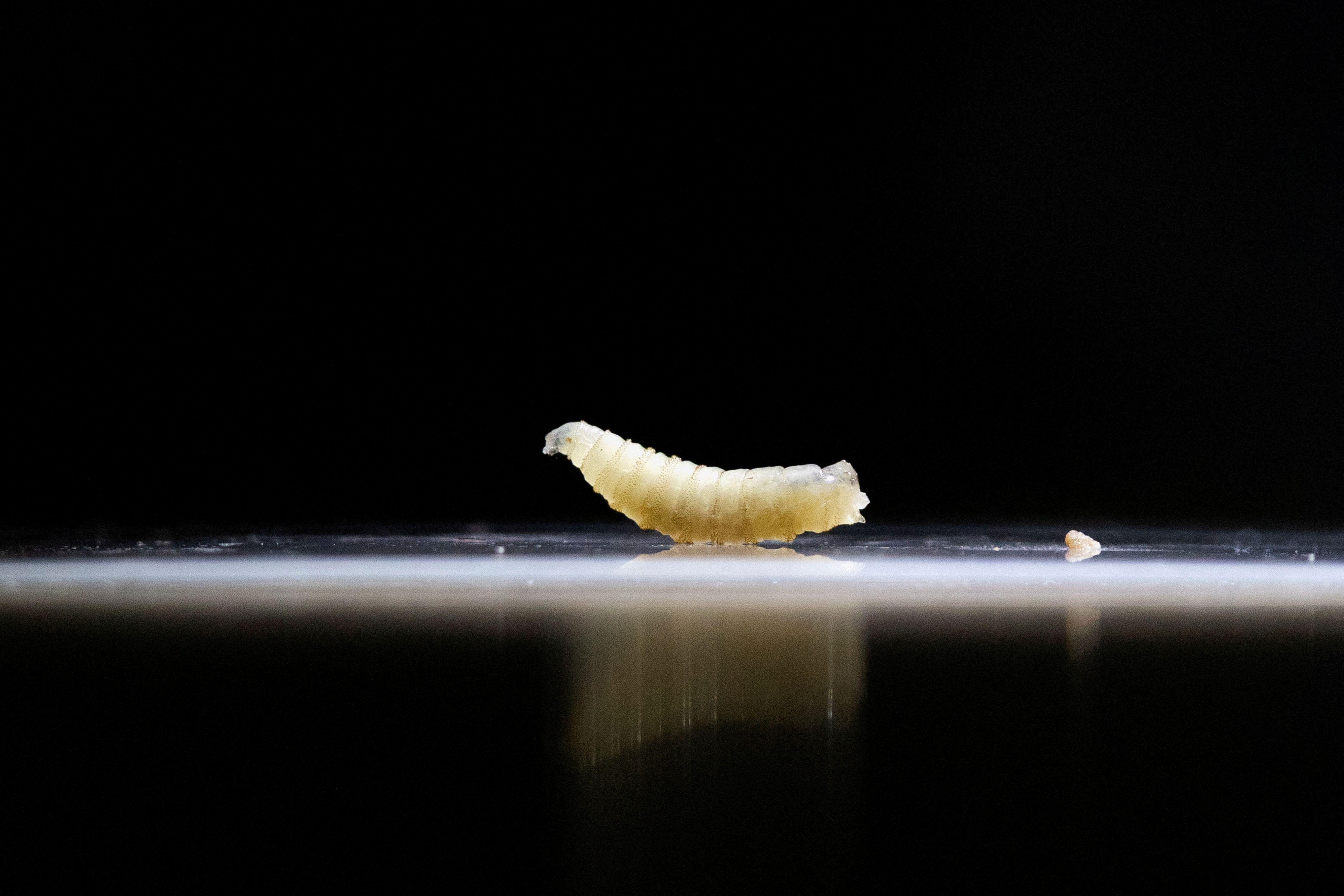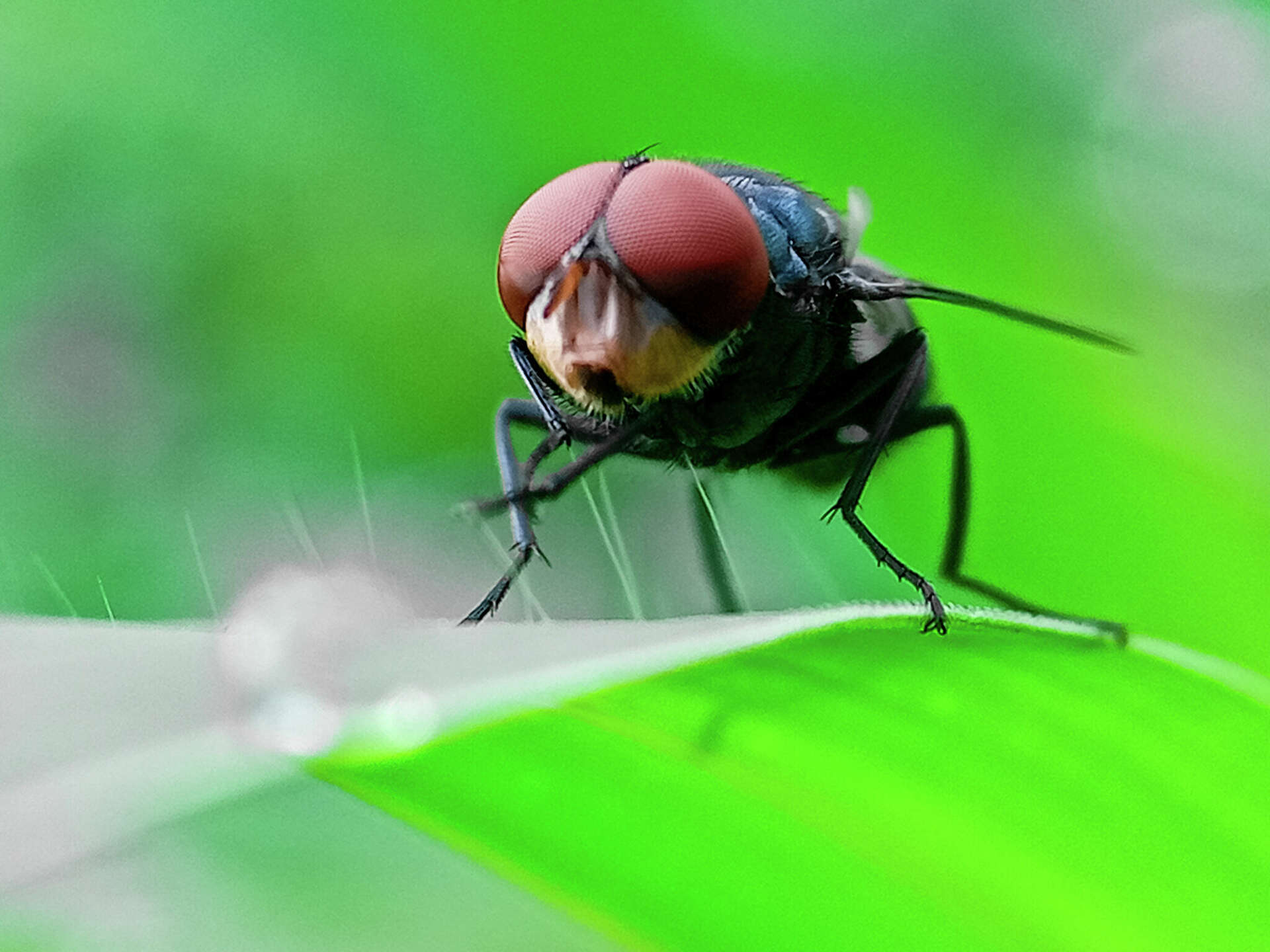BUENOS AIRES/CHICAGO/WASHINGTON, Aug 25 (AfrikTimes) – The U.S. Department of Health and Human Services (HHS) on Sunday confirmed the nation’s first human case of travel-associated New World screwworm, a flesh-eating parasite, in a patient returning from an outbreak-affected country.
The case, investigated by the Maryland Department of Health and the U.S. Centers for Disease Control and Prevention (CDC), was confirmed on August 4, HHS spokesperson Andrew G. Nixon said in an email to news agencies. The patient had recently traveled to El Salvador.
Earlier, Reuters reported that beef industry sources said last week that the CDC had confirmed a case of New World screwworm in a person in Maryland who had traveled to the United States from Guatemala. Nixon did not address the discrepancy on the source of the human case.

“The risk to public health in the United States from this introduction is very low,” Nixon said.
The differing accounts from the U.S. government and industry sources on the human case are likely to further rattle an industry of cattle ranchers, beef producers and livestock traders already on high alert for potential U.S. infestations as screwworm has moved northward from Central America and southern Mexico.
An executive of the industry group Beef Alliance sent emails last week to about two dozen people in the livestock and beef sectors, informing them that the CDC had confirmed a human case of screwworm in Maryland in a person who had traveled to the U.S. from Guatemala, according to a source, who asked not to be identified, and who shared the contents of the emails with our correspondent.
 A sample of screwworms are displayed at a veterinary clinic in Tapachula, Chiapas state, Mexico July 4, 2025.
A sample of screwworms are displayed at a veterinary clinic in Tapachula, Chiapas state, Mexico July 4, 2025.
Beth Thompson, South Dakota’s state veterinarian, told reporters on Sunday that she was notified of a human case in Maryland within the last week by a person with direct knowledge of it.CDC deferred questions to Maryland on a call with state animal health officials, Thompson said.“We found out via other routes and then had to go to CDC to tell us what was going on,” she said. “They weren’t forthcoming at all. They turned it back over to the state to confirm anything that had happened or what had been found in this traveler.”
Another source said that state veterinarians had learned about a human case in Maryland during a call last week with the CDC. A Maryland state government official also confirmed a case.
A spokesperson for the Maryland Department of Health did not immediately respond to requests for comment.
WHAT ARE SCREWWORMS?
Screwworms are parasitic flies whose females lay eggs in open wounds of warm-blooded animals. Once the eggs hatch, hundreds of screwworm larvae use their sharp mouths to burrow through living flesh, eventually killing their host if left untreated. The maggots’ feeding is similar to a screw being driven into wood, giving the pests their name.
Screwworms can be devastating in cattle and wildlife, and rarely infest humans, though an infestation in either an animal or a person can be fatal. Treatment is onerous, and involves removing hundreds of larvae and thoroughly disinfecting wounds. But infestations are typically survivable if treated early enough.
A livestock economist at Texas A&M University was asked to prepare a report for Rollins on the impacts to industry of the border closure to Mexican cattle, according to the emails, a measure that has largely been in effect since November to prevent the arrival of screwworm to the United States.
“We remain hopeful that, since awareness is currently limited to industry representatives and state veterinarians, the likelihood of a positive case being leaked is low, minimizing market impact,” the beef industry executive wrote.
IMPACT ON BEEF AND CATTLE FUTURES
Livestock traders and beef producers have been on edge about the potential for cases in cattle as prices have already hit record highs because the U.S. cattle herd is at its smallest size in seven decades.
A spokesperson for the USDA did not immediately respond to a request for comment.
 A scientist shows sterile screwworm flies (Cochliomyia hominivorax) at a laboratory in Pacora, eastern Panama City, June 9, 2010. The U.S. outsources its screwworm eradication program to facilities in Panama and Colombia.
A scientist shows sterile screwworm flies (Cochliomyia hominivorax) at a laboratory in Pacora, eastern Panama City, June 9, 2010. The U.S. outsources its screwworm eradication program to facilities in Panama and Colombia.
Mexico has also taken efforts to limit the spread of the pest, which can kill livestock within weeks if not treated. The Mexican government said in July that it started to build a $51 million sterile fly production facility in the country’s south. The sole operating plant is in Panama City and can produce a maximum of 100 million sterile screwworm flies each week. The USDA has estimated that 500 million flies would need to be released weekly to push the fly back to the Darien Gap, the stretch of rainforest between Panama and Colombia.
Screwworms have been traveling north through Mexico from Central America since 2023. They are endemic in Cuba, Haiti, the Dominican Republic and countries in South America, according to the USDA.
Mexico reported a new case about 370 miles (595 km) south of the U.S. border in Ixhuatlan de Madero, Veracruz, in July. The USDA immediately ordered the closure of livestock trade through southern ports of entry, after previously halting imports in November and May.
The U.S. typically imports over a million cattle from Mexico a year to fatten in feedlots and process into beef.
Screwworms were eradicated from the United States in the 1960s when researchers began releasing massive numbers of sterilized male screwworm flies that mate with wild female screwworms to produce infertile eggs.




 The New World screw-worm fly, or screw-worm for short, is a species of parasitic fly that is well known for the way in which its larvae (maggots) eat the living tissue.
The New World screw-worm fly, or screw-worm for short, is a species of parasitic fly that is well known for the way in which its larvae (maggots) eat the living tissue.


